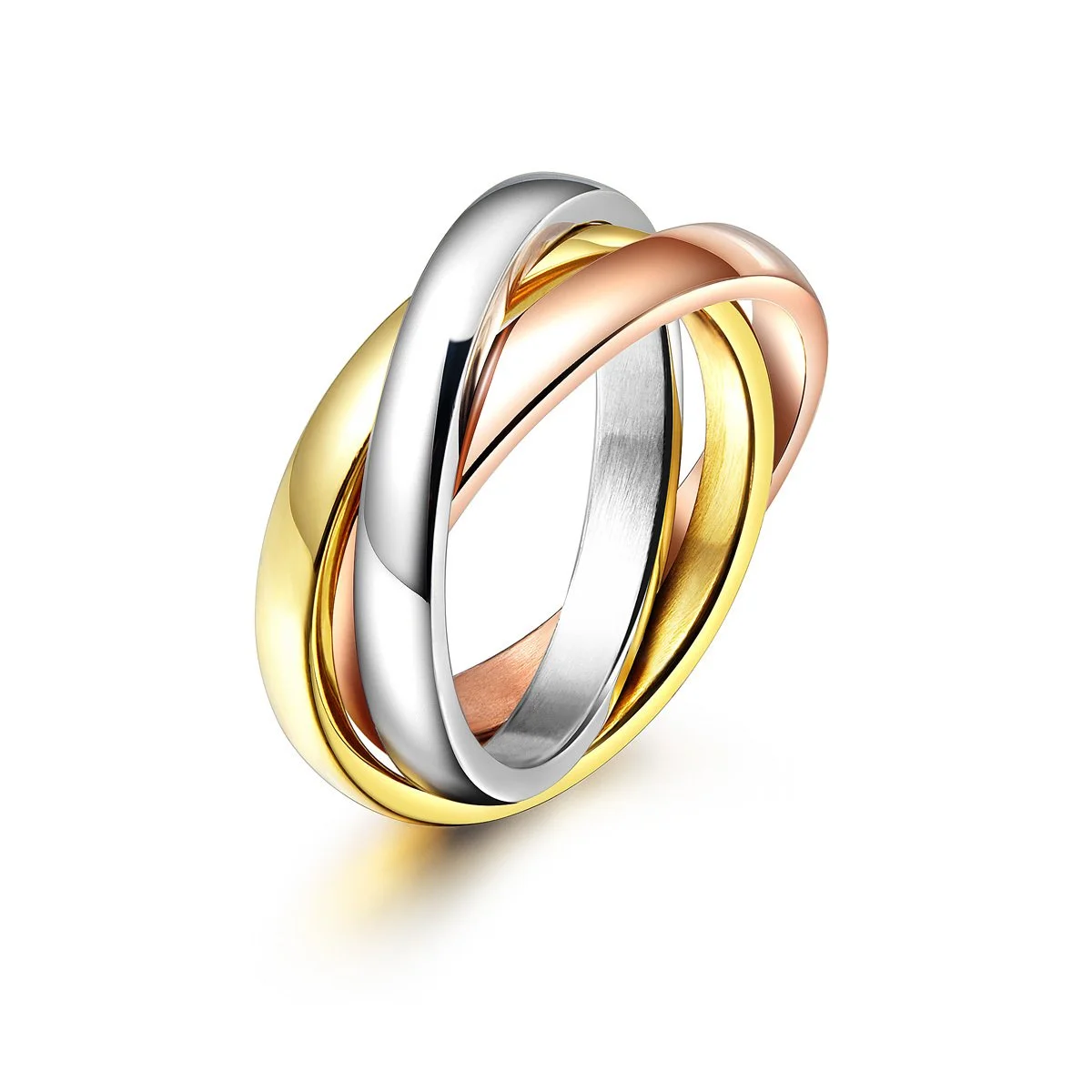Materials Used
Gold-Plated
“Gold-plated” refers to the method in which a thin layer of gold is added on top of the surface of another metal (usually copper, brass, or nickel).
“14k/18k/24k” refers to how much gold alloy is added to a mixture used and the measure of the gold’s purity. 14k gold contains a mixture of 58.3% pure gold and 41.7% of another metal (usually zinc, copper, or silver). The more karats there are, the more gold has been added.
Stainless-Steel
“Stainless-steel” refers to an alloy of iron that does not rust or corrode over time. Stainless-steel is used for many applications besides jewelry.
Brass
Brass has been used for millennia in jewelry making. While not as trendy or valuable as silver or gold, brass is a sturdy, long-lasting option as it’s been found in architectural digs for hundreds of years. Societies such as the Vikings, Picts, and Normans all used brass as a base for earrings, bracelets, necklaces, rings, etc. Brass is made up of two metals, copper and zinc.
Colors of Gold
Yellow gold is a mixture of pure gold and other alloys. However, the yellow color is pure gold’s natural color.
Pink gold or “rose gold” is a mixture of yellow gold and copper and/or silver. The rose hue is dependent on how much copper is added to create the intensity.
White gold is a mixture of yellow gold and silver, nickel, or palladium.
Polymer Clay
In order to give you the most accurate information possible about polymer clay, I borrowed the information from the brand that I most use, Sculpey.
The following information was taken from the Sculpey, Inc. website article “What is Polymer Clay and How Is It Used?” by Jennifer Courington. You may read the full article here: What Is Polymer Clay and How Is It Used? – Sculpey
What is polymer clay?
Polymer clay is a synthetic modeling clay made from a plastic polymer base called polyvinyl chloride (PVC). Before polymer clay is cured, it’s a highly malleable plastic that can be shaped and reshaped numerous times without deteriorating.
Provided you store it away from direct sunlight and excessive heat, polymer clay can last years. Once the clay’s packaging has been opened, it’s best to store it in a bag or container made from polypropylene (PP) plastic in a cool, dry area like a closet or drawer. The best place for long-term storage is actually in a fridge or freezer.
Unlike ceramic and other clays, polymer clay doesn’t have to be fired in a high-temperature kiln, nor does it dry out in a room temperature setting. You can conveniently cure polymer clay from your conventional oven or toaster oven.
What are the physical properties of polymer clay?
The physical properties of polymer clay include:
1. Durability. A glowing benefit of polymer clay is its impressive strength and durability. When baked correctly, the material won’t shatter or weaken over time. When you use polymer clay for a project, you can count on it to retain its size and shape throughout the entire process since the material doesn’t expand or shrink. Rest easy knowing your creation will stay true to scale and look the same coming out of the oven as it did going in! Additionally, polymer clay doesn’t burn easily, as long as you take the proper steps. While clay can burn — like anything else — if left in the oven for too long, burning is unlikely so long as you bake according to the package instructions and set your oven to the recommended temperature. We recommend using an oven thermometer to ensure temperature accuracy.
2. Vibrant Color. When baked correctly according to package instructions, polymer clay will stay the same color after it’s cured. Whether you opt for clay in cherry red, mint green, midnight blue or brilliant coral, you can confidently pop it in the oven, knowing it will maintain its lovely hue. Remember to keep your polymer clay out of direct sunlight to maintain its vibrant color and prevent fading. Alternatively, you can use plain white polymer clay and paint it in your choice of color after baking. Water-based acrylic paints tend to work best for polymer clay crafts.
3. Malleability. Polymer clay integrates various components for softness, hue, texture and easy moldability, including:
· Plasticizers for flexibility.
· PVC resins for the base.
· Texture-enhancing fillers.
· Coloring agents for different hues.
Silver-Plated
Similar to the process used for gold-plating, “silver-plating” layers the silver on top of a base metal (usually copper or brass).
“925” refers to the purity of the silver used with a mixture of another metal. 92.5% silver is mixed with 7.5% of another alloy (usually copper). The 925 stamp is used to identify sterling silver jewelry.






